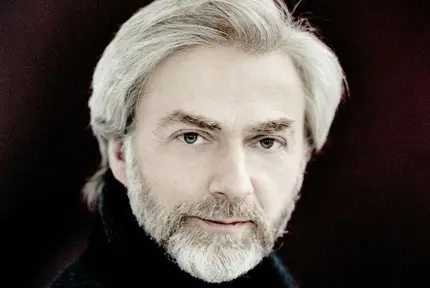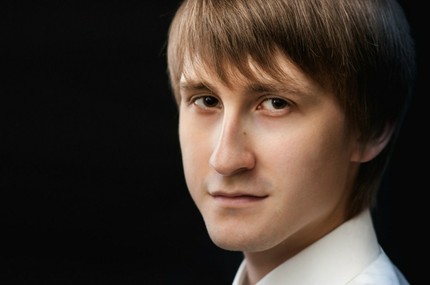
Stanislav G. Igolinsky (Stanislav Igolinsky) |
Stanislav Igolinsky

Honored Artist of the Russian Federation (1999). This pianist was the first to be heard by Minsk music lovers. Here, in 1972, the All-Union Competition was held, and Stanislav Igolinsky, a student of the Moscow Conservatory in the class of MS Voskresensky, became the winner. “His game,” A. Ioheles said then, “attracts with extraordinary nobility and at the same time naturalness, I would even say modesty, Igolinsky combines technical equipment with innate artistry.” And after the success at the Tchaikovsky Competition (1974, second prize), experts have repeatedly noted the harmonious warehouse of Igolinsky’s creative nature, the restraint of the performing manner. E.V. Malinin even advised the young artist to loosen up a little emotionally.
The pianist achieved new success in 1975 at the Queen Elisabeth International Competition in Brussels, where he was again awarded the second prize. Only after all these competitive tests Igolinsky graduated from the Moscow Conservatory (1976), and by 1978 he completed an assistant-internship course under the guidance of his teacher. Now he lives and works in Leningrad, where he spent his childhood. The pianist actively gives concerts both in his native city and in other cultural centers of the country. The basis of its programs are the works of Mozart, Beethoven, Chopin (monographic evenings), Liszt, Brahms, Tchaikovsky, Scriabin, Rachmaninov. The creative style of the artist is distinguished by intellectual content, clear harmony of performance decisions.
Critics note the poetry of Igolinsky’s interpretations, his stylistic sensitivity. Thus, evaluating the artist’s approach to Mozart and Chopin concertos, the Soviet Music magazine pointed out that “playing different instruments in different halls, the pianist, on the one hand, demonstrated a very individual touch – soft and cantilena, and on the other hand, very subtly emphasized stylistic features in the interpretation of the piano: the transparent vocality of Mozart’s texture and the overtone “pedal flair” of Chopin. At the same time… there was no stylistic one-dimensionality in Igolinsky’s interpretation. We noticed, for example, the song-romantic “talking” intonation in the second part of the Mozart concerto and in its cadences, the classically strict tempo unity in the finale of Chopin’s work with very clearly dosed rubati.
His colleague P. Egorov writes: “… he conquers the hall with his strict manner of playing and stage behavior. All this reveals in him a serious and deep musician, far from the external, ostentatious sides of performance, but carried away by the very essence of music … Igolinsky’s main qualities are the nobility of texture, clarity of form and impeccable pianism.
Grigoriev L., Platek Ya., 1990





